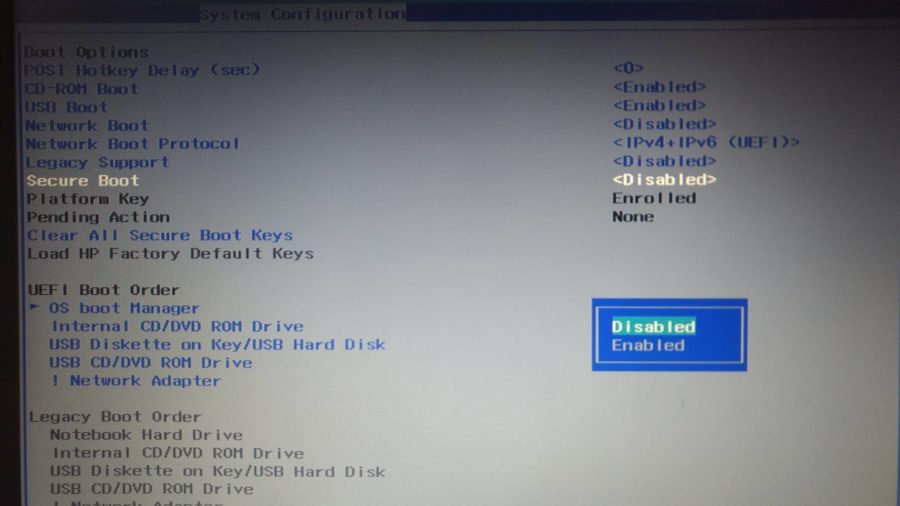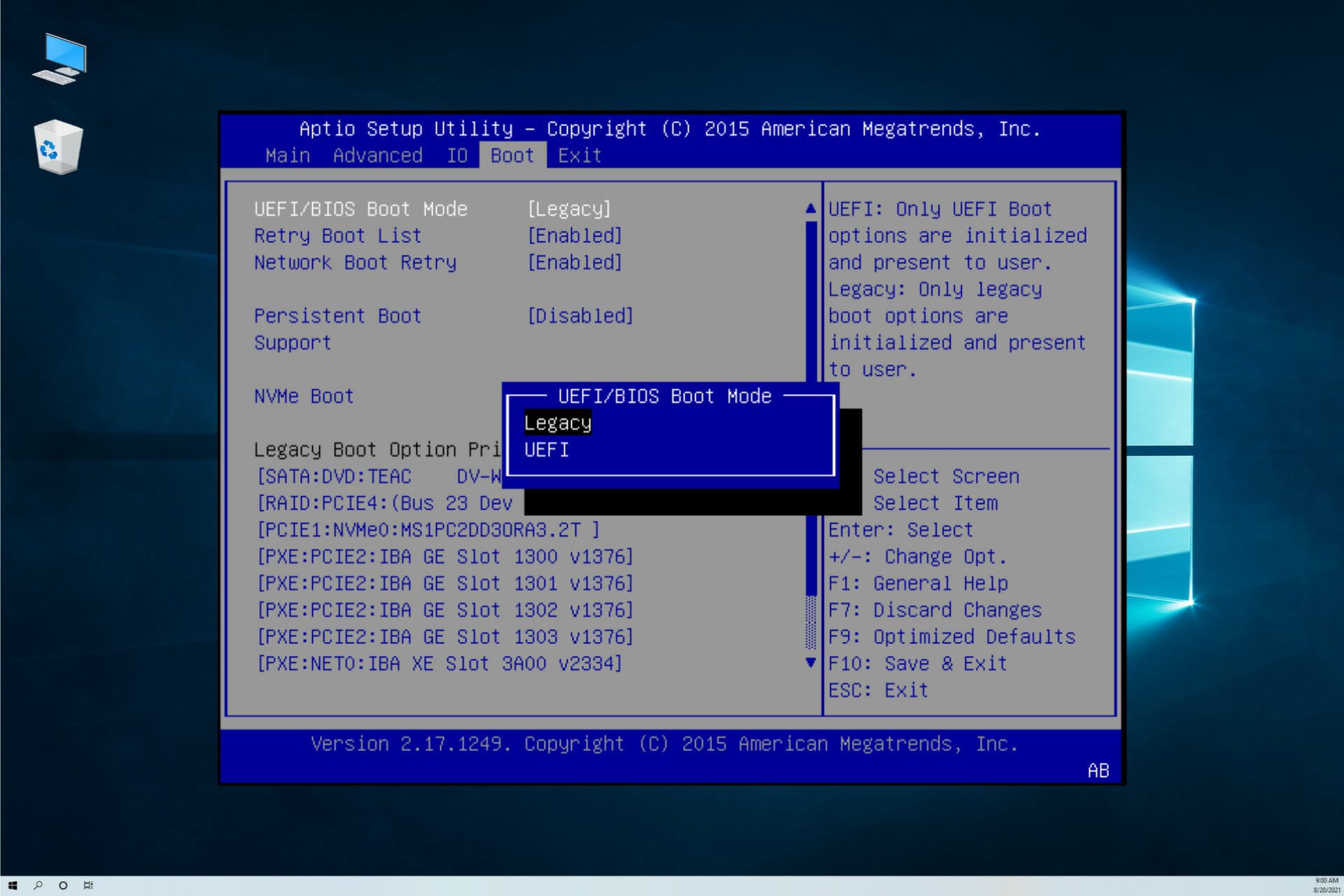

- WHAT HAPPENS IF I DISABLE SECURE BOOT WINDOWS 10 INSTALL
- WHAT HAPPENS IF I DISABLE SECURE BOOT WINDOWS 10 WINDOWS 10
- WHAT HAPPENS IF I DISABLE SECURE BOOT WINDOWS 10 SOFTWARE
If that does not work, you might need to restore your version of Windows 10 to its factory defaults to restore its Secure Boot certificate, and then try again. If your UEFI does not allow you to enable Secure Boot, try to reset the UEFI to its factory defaults (this is often called "Load Setup Defaults."). Change the setting from "Disabled" to "Enabled." Usually you'll often find Secure Boot in the Boot Options menu or page.

Find the Advanced startup section and click "Restart now.".In the Settings search box, type "Advanced start," then choose "Change advanced startup options" from the dropdown menu.Restart your PC to UEFI by pressing the correct key at boot, or reboot to UEFI within Windows following these steps: If you had disabled the feature to run Windows 7, for example, remove it and re-install Windows 10 or another Secure Boot-compatible operating system. but the latest version of Linux Mint seems to work with Secure Boot on (not sure about other distros). Like Mike explained you need to be more careful about boot sector virus affecting your system. Windows 10 works with or without secure and you will notice no affect.
WHAT HAPPENS IF I DISABLE SECURE BOOT WINDOWS 10 SOFTWARE
Uninstall any software that's incompatible with Secure Boot. What happens if I disable secure boot Windows 10 Thanks for your feedback. If you've previously disabled Secure Boot and want to turn it back on, here is what to do.
WHAT HAPPENS IF I DISABLE SECURE BOOT WINDOWS 10 INSTALL
Only Windows 8 and Windows 10 have Secure Boot certificates, for example - if you needed to install Windows 7 on a Secure Boot-enabled PC, you would need to disable Secure Boot. This might be the case if you need to install an operating system or other bootup utilities that are not compatible with Secure Boot. Sometimes, though, you might need to disable Secure Boot.

It's a feature in your computer's UEFI designed to authenticate security keys on compatible software like Windows 10. Malware from taking over your PC when it turns on. Secure Boot is an important safety and security feature found on most modern PCs - it prevents unauthorized software like


 0 kommentar(er)
0 kommentar(er)
